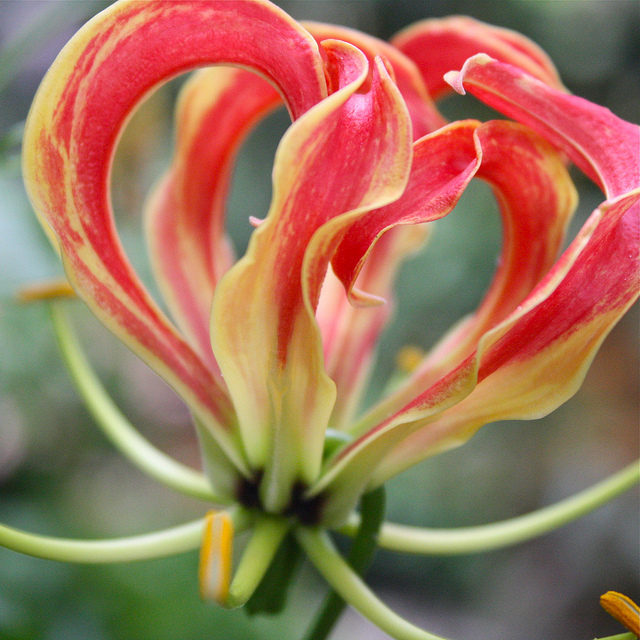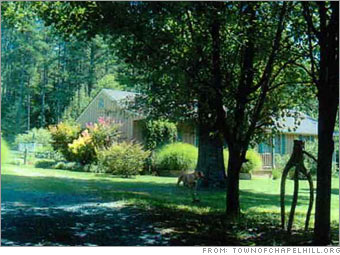Take a look at your lawn. Most of those bits of green are likely winter weeds—annual bluegrass, henbit, vetch, chickweed, etc., which are cool season annuals (they’ll die when we get hot weather and come back from seed next fall and winter). Others may be perennial weeds like wild garlic or Florida betony, which may die back but won’t expire completely in warm weather and will return next year, growing back from bulbs and tubers and roots. Our warm season lawn grasses are, for the most part, still dormant, but many of our winter weeds are beginning to reproduce in earnest—preparing to leave behind myriad seeds, which can make the problem considerably worse next year.
When it comes to controlling lawn weeds this time of year, don’t make your first action be to reach for the chemicals. This time of year, warm season grasses (centipede, zoysia, Bermuda, St.
Augustine) can be damaged by 2,4-D and other weed killers until the transition to active growth viagra femele is complete (say, after you’ve mown the lawn a couple of times or more). Chemicals, too, will not kill the seeds now nearing maturity, and they won’t do human and pet health any good either (see watoxics.org/healthy-living/healthy-homes-gardens-1/lawn-and-garden or www.beyondpesticides.org/ccpai/index.php).
Instead, rely on mechanical means of weed control this time of year—pulling and mowing. Nothing is going to work better than hand pulling, even if it’s labor intensive. Or perhaps because it’s labor intensive. If you’ve got a lot of weeds going to seed, mowing and collecting the clippings can remove much of the seed crop, reducing the problem next year. Mowing however, won’t be too effective on very short weeds.
Another way to reduce the potential of next year’s weed problem is to use a pre-emergent herbicide in late summer. Pre-emergents inhibit seed germination. They’re effectiveness diminishes over a few weeks, so application timing is critical. The optimal application time will be determined by the subsequent weather, so the timing is unlikely to be perfect. For our area, pre-emergents are usually best applied in mid-September. There are several pre-emergents on the market. Most of them are marketed mostly in the spring, when their target weed is crabgrass, but they’ll be effective in reducing winter weeds as well. Consider using corn gluten meal, a by-product of corn starch processing often used as animal feed. As is decomposes, it acts as a pre-emergent herbicide, and it’s likely to be much safer than the synthetic herbicides (see www.hort.iastate.edu/research/gluten and [link to May 2012 JT newsletter]).
If your lawn is beset by too many weeds for your tastes, consider reducing your standards … or the size of your lawn. One man’s weed is another man’s wildflower. There’s no reason to fret about every last one, but do try to remove them before their seeds are dispersed.
There a numerous arguments to be made in favor of reducing the size of our lawns. Lawn maintenance and the chemicals applied to them are the source of a huge amount of air and water pollution (gas mowers pollute more than cars run the same duration). Lawns require more work than other components of our landscapes, and the work they require is much less flexible as to when it has to be done—you can postpone pruning and weeding for a few weeks, but not mowing. They also require more water and fertilizer. Lawns are also about the least wildlife friendly thing we can grow. While you’re taking a good look at your lawn, consider increasing the size of the surrounding beds and borders. Plant a few trees, or a meadow, or a vegetable garden—and reduce the area you have to mow.
———————————————————————————————
If you’d like to spend a little while enjoying a garden themed diversion … and perhaps learn a little along the way, check out Felder Rushing’s website (felderrushing.net). Felder is a Mississippi-based garden writer who brings a very relaxed and funky attitude to gardening. Some of his neighbors might call him “different” (or worse)—he’s a big proponent of bottle trees, bowling ball art and other garden eccentricities—but mostly he’s about incorporating fun and whimsy into our gardens. For years he’s traveled with a mobile garden, his pick-up truck, the bed of which has been filled with soil and planted lushly (the pick-up truck garden made an appearance in Columbia a few years ago when Felder was in town to speak at a Master Gardener conference). Take a few minutes, peruse Mr. Rushing’s site, and use it as inspiration to add some whimsy to your garden.






